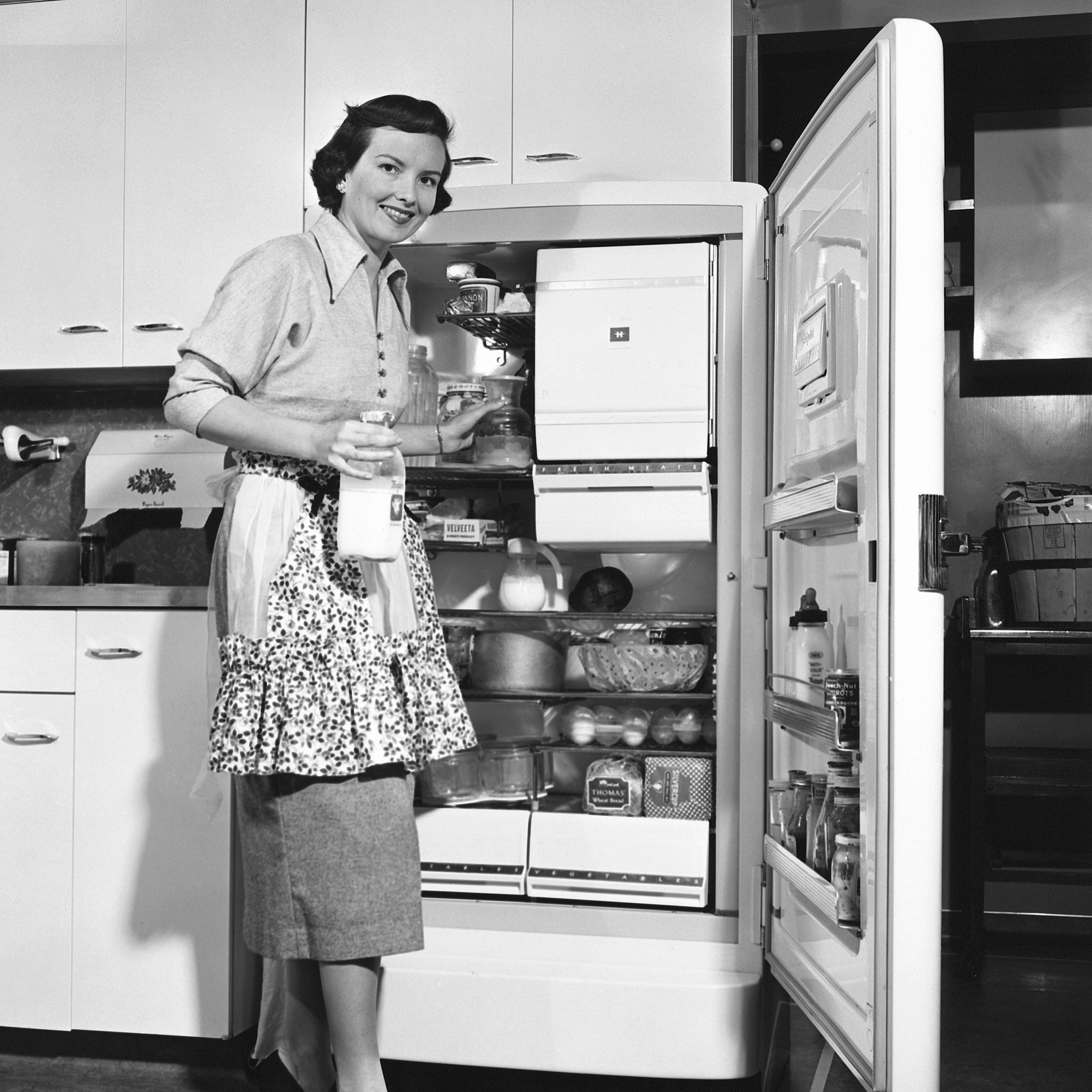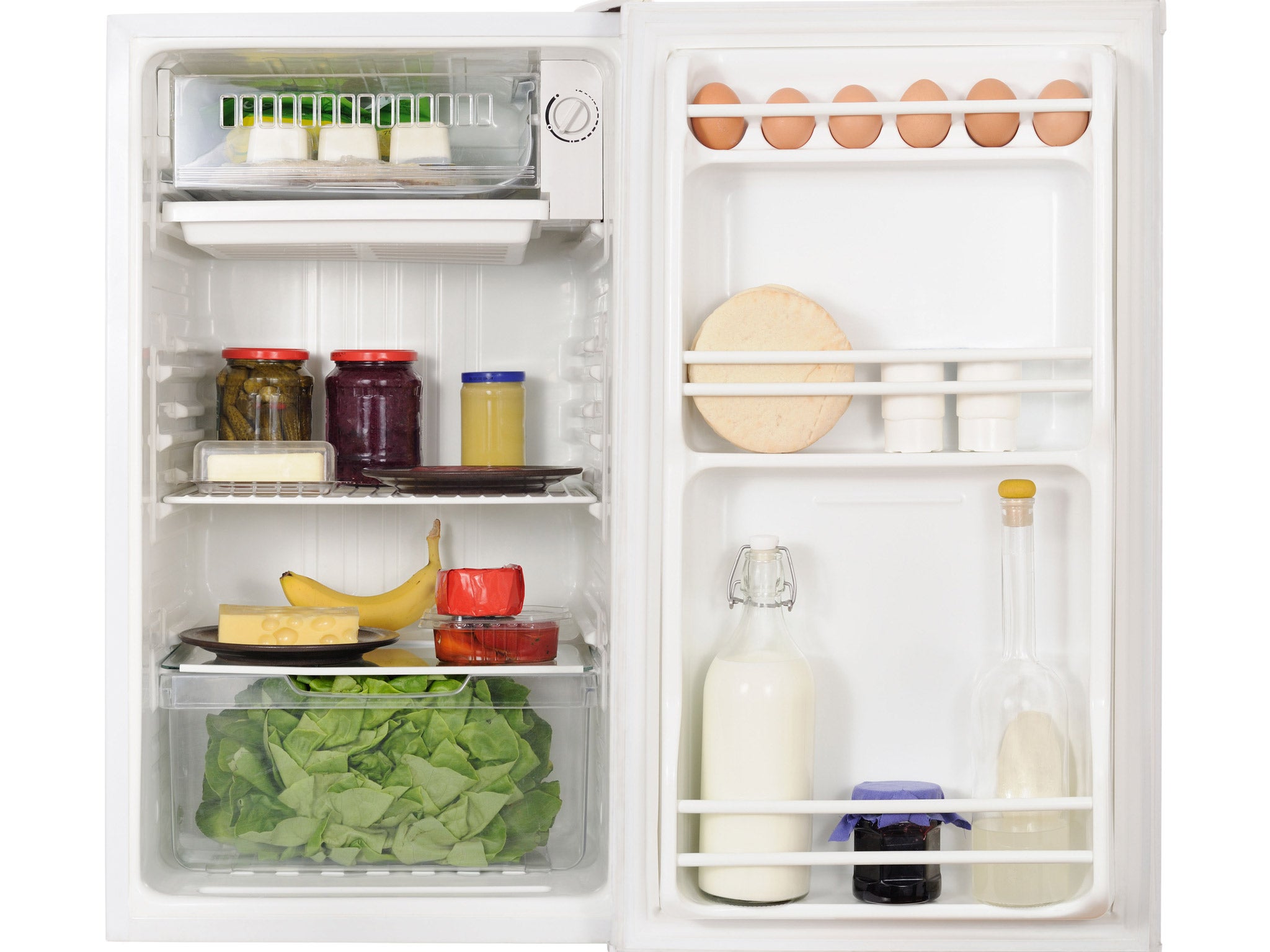Chilled: How Refrigeration Changed the World and Might Do So Again by Tom Jackson - book review: Enjoyed best with a cool sangria
I can’t think of a better light non-fiction summer read than this

Your support helps us to tell the story
From reproductive rights to climate change to Big Tech, The Independent is on the ground when the story is developing. Whether it's investigating the financials of Elon Musk's pro-Trump PAC or producing our latest documentary, 'The A Word', which shines a light on the American women fighting for reproductive rights, we know how important it is to parse out the facts from the messaging.
At such a critical moment in US history, we need reporters on the ground. Your donation allows us to keep sending journalists to speak to both sides of the story.
The Independent is trusted by Americans across the entire political spectrum. And unlike many other quality news outlets, we choose not to lock Americans out of our reporting and analysis with paywalls. We believe quality journalism should be available to everyone, paid for by those who can afford it.
Your support makes all the difference.The more basic things are the less likely we are to pay them much attention. Tom Jackson isn’t the first to point out the link between refrigeration and the art of contemporary lifestyle maintenance: Steven Johnson, in How We Got to Now, showed how air conditioning had changed the political landscape of America by encouraging hordes of rich conservatives to migrate to the sunbelt, hence George W Bush’s election in 2001.
Refrigeration has a much longer history than you’d guess. Anyone who’s ever splashed their face with water on a hot day then walked through a breeze will have experienced the phenomenon of evaporative chilling. The Sumerians, almost 4,000 years ago, used this to devise means of cooling houses and chilling their wine. In fact, the Middle East has a long tradition of chilled drinks. Jackson engagingly gives us the history of sorbet, sherbert, the words and the drinks deriving from the Persian sharbat.
But if primitive chilling is simple and has been exploited for thousands of years, developing a working fridge involved a tortuous progress from the 17th century to the 20th. To tell the story, Jackson has to recount large chunks of the history of chemistry and a fair bit of physics from around 1620 to the early 20th century. He does this with panache, taking a very relaxed route to the modern white cabinet. The story of the ice industry before artificial refrigeration is colourful and almost unknown. The process of cutting chunks of unpurified ice out of ponds and lakes and transporting them across the world to hot places generated a major industry until the late 19th century. What the consumer didn’t know was that an iced cocktail often had a bacterial sting in the tail; some died of typhoid fever.

A host of names lies behind the principle of artificial refrigeration: from Robert Boyle in the 17th century up to the recognised inventor of the domestic fridge (marketed by General Electric from 1911): a French monk, Abbé Marcel Audiffren. Until then, home cooling meant the icebox, a contraption which used blocks of ice (which from the mid-1870s could be made artificially) delivered by the iceman, the milkman’s colder cousin. The icebox was ubiquitous in America in the early 20th century but virtually unknown in Europe.
Jackson’s brief goes beyond the hidden history of the fridge. He shows how the “cold chain” – the global network of chilled planes, trains, lorries, warehouses and supermarkets that enable us to eat more or less anything anywhere at any time – developed and he shows how important has been the ability to produce extreme cold (that means close to absolute zero: minus 273 degrees Celsius), in pure science and its applications. The first hydrogen bomb was a super-cold contraption as are the liquid hydrogen/oxygen rocket motors that sent most of the great voyages into space; the Large Hadron Collider uses superconductivity at a temperature of minus 271.25 degrees to create its enormous magnetic fields.
I can’t think of a better light non-fiction summer read than this. Jackson tells good stories with a host of characters, including Joe Louis the boxer, a former iceman, and Einstein, who invented a fridge that worked but wasn’t competitive. Reading the book adds a certain something to the pleasure of that chilled sangria, ouzo or whatever tops the bill as your summer tipple.
Join our commenting forum
Join thought-provoking conversations, follow other Independent readers and see their replies
Comments